


Please enter the e-mail address provided during registration.
The variety of textures, properties and materials we offer aim to give your interiors a personalised and unique character. We would like you to continue enjoying our products for as long as possible. That is why it is important to ensure correct product care and use on a daily basis. Discover how to care for our products.
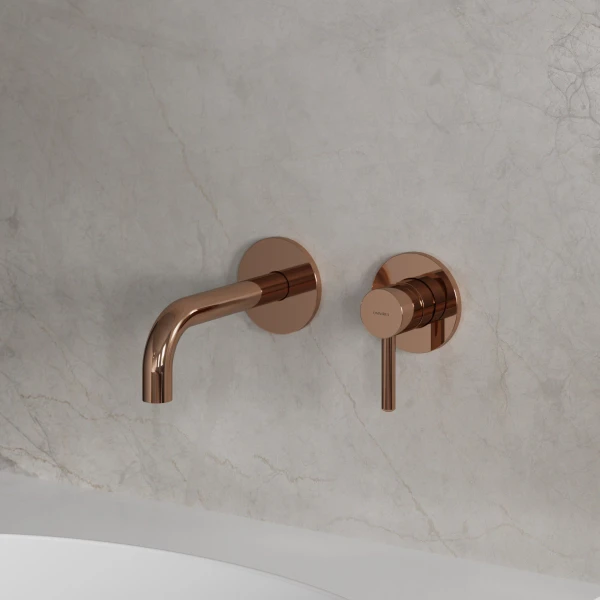
You should clean your bathroom and kitchen fittings regularly, preferably after each use, so as to prevent the build-up of hard-to-remove dirt. For daily maintenance of external surfaces, use a soft cloth (for example, a microfibre cloth) and a solution of water with a mild cleaning agent with a natural composition, then rinse the product thoroughly with clean water and wipe it dry. It is not recommended to use rough or abrasive materials and corrosive or bleaching substances to prevent damaging the surface of the product.
For more stubborn dirt, use a 10% citric acid solution with water. Apply this solution directly to the product or cover the product with a cloth soaked in the solution. After 10 minutes, rinse the product thoroughly with clean water and wipe it dry. If necessary, the process can be repeated.
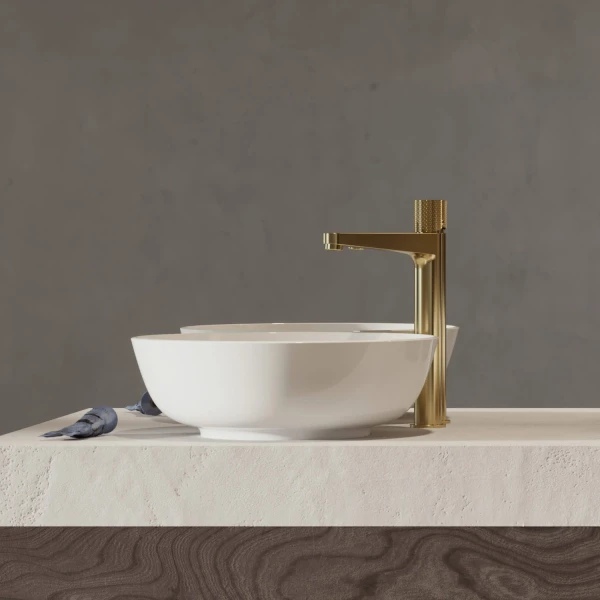
Remember to regularly control the flow of water through the aerator so as to ensure its problem-free operation and protect it from damage. In the case of small contaminants in the water or “hard” water, remove the aerator once every few weeks and clean it with a brush. In the case of more stubborn dirt, we recommend soaking the aerator for 10 minutes in a 10% citric acid solution with water.

For the thermostatic mixer to operate correctly, run the mixer once every two weeks, spanning the full temperature range – from very cold water to the maximum hot water setting. Repeat the operation several times.
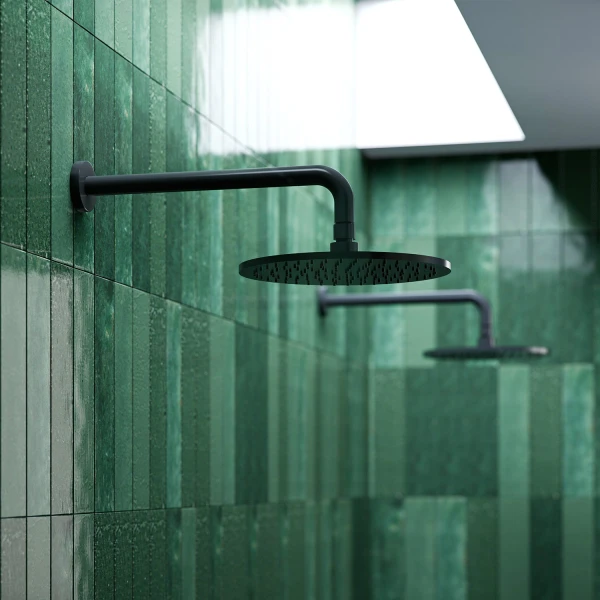
Remember to regularly wipe the silicone nozzles with your hand to remove any limescale deposits that might be forming on their surface. Avoid using harsh cleaning agents that may damage the nozzles and the surface of the shower head.
The shower head should be angled after each use to allow the remaining water to flow out. This is the easiest yet necessary way to reduce the build-up of limescale from the water inside the shower head. Tilting the shower head additionally reduces the risk of the product becoming prone to leaking, allowing the product to serve its purpose reliably for an extended time.
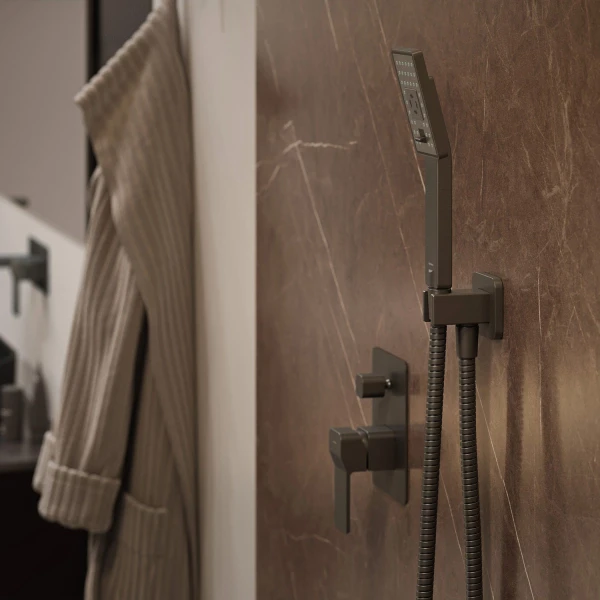
Remember to regularly wipe the silicone nozzles with your hand to remove any limescale deposits that might be forming on their surface. A toothpick or toothbrush can also be used to clean the spaces in between if there is a considerable build-up of limescale.
For more stubborn dirt, it is recommended to immerse the hand shower in a 10% citric acid solution with water for about 10 minutes to soften the limescale and then wipe across the nozzles with a soft brush. It is not recommended to use rough or abrasive materials and corrosive or bleaching substances to prevent damaging the surface of the product. From time to time, it is recommended to unscrew the hand shower and flush it from the inside to remove any dirt preventing the flow of water.
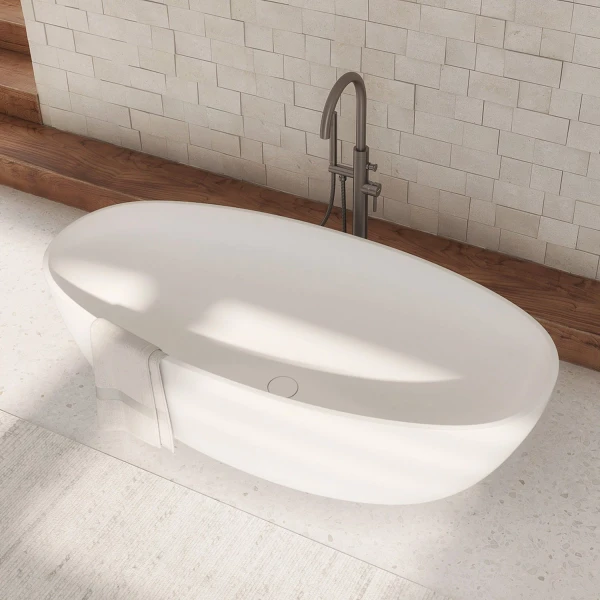
Products made from M+ composite material and ceramics should be cleaned regularly, preferably after each use, so as to prevent the build-up of hard-to-remove dirt. For daily maintenance of external surfaces, use a soft cloth (for example, a microfibre cloth) and a solution of water with a mild cleaning agent with a natural composition, then rinse the product thoroughly with clean water and wipe it dry. It is not recommended to use rough or abrasive materials and corrosive or bleaching substances to prevent damaging the surface of the product.
For more stubborn dirt, use a 10% citric acid solution with water. Apply the solution to the product for 2 to 3 minutes. After that time, rinse the product thoroughly with clean water and wipe it dry. If necessary, the process can be repeated. Residues from hair dye, lipstick or other products with a dyeing effect should be removed from the surface immediately to prevent the formation of permanent marks.
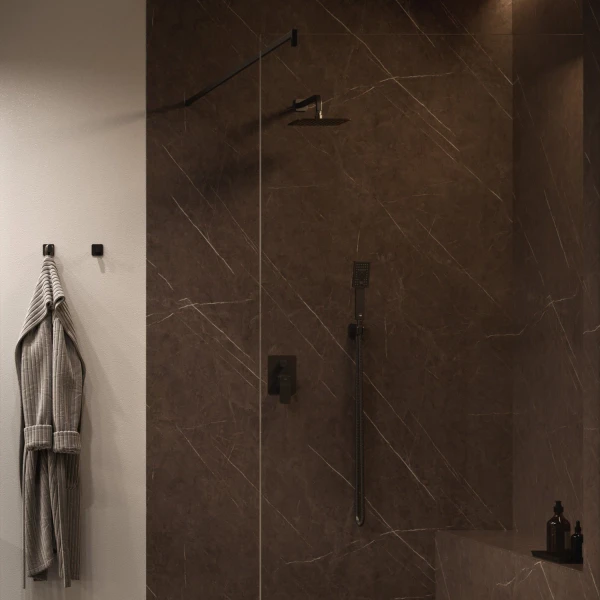
The glass walls of the shower enclosure should be cleaned regularly, preferably after each use, using a soft cloth (for example, a microfibre cloth) and a solution of water with a mild cleaning agent with a natural composition. After cleaning the enclosure, rinse the inner glass surface thoroughly and remove any remaining water with a rubber squeegee or soft cloth. You can clean the outer side of the glass walls using a mirror or glass cleaner. It is important to avoid using rough, abrasive materials and caustic or bleaching substances to prevent damaging the surface of the glass.
To tackle stubborn dirt or limescale deposits, you can use cleaning agents dedicated to shower enclosures. It is recommended to lubricate hinges, joints, guide tracks and rollers at least once a year using technical lubricant or silicone grease to ensure their smooth operation.
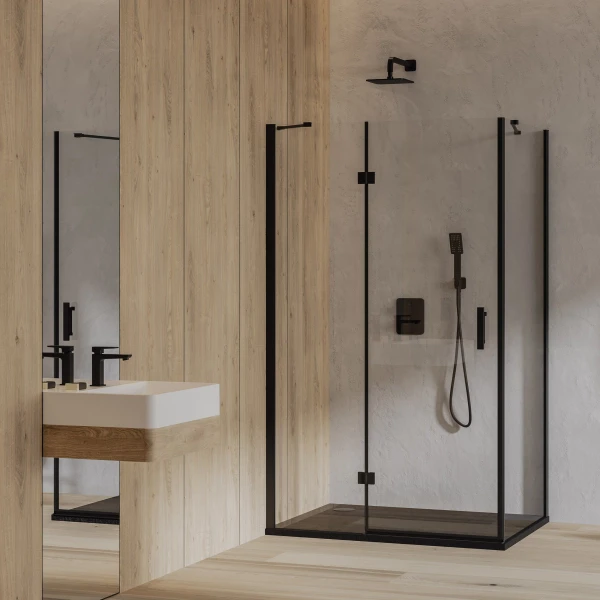
Shower trays should be cleaned regularly, preferably after each use, so as to prevent the build-up of hard-to-remove dirt. For daily maintenance of surfaces, use a soft cloth (for example, a microfibre cloth) and a solution of water with a mild cleaning agent with a natural composition. After cleaning the shower tray, rinse it thoroughly with clean water and wipe it dry. It is not recommended to use rough or abrasive materials and corrosive or bleaching substances to prevent damaging the surface of the product.
For more stubborn dirt, use a 10% citric acid solution with water. Apply the solution to the product for 2 to 3 minutes. After that time, rinse the product thoroughly with clean water and wipe it dry. If necessary, the process can be repeated. Residues from hair dye, lipstick or other products with a dyeing effect should be removed from the surface immediately to prevent the formation of permanent marks.
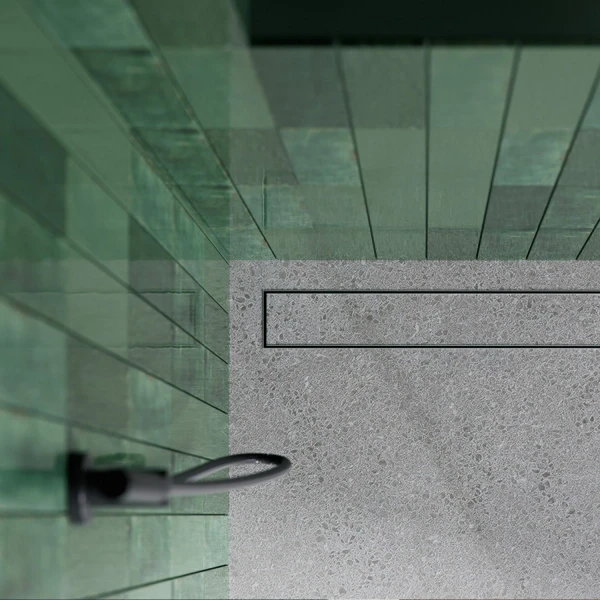
The external parts of linear drains, namely the cover and the drain frame, should be cleaned regularly using a soft cloth (for example, a microfibre cloth) and a solution of water with a mild cleaning agent with a natural composition. After cleaning, rinse all the elements thoroughly with clean water and wipe them dry. It is not recommended to use rough, abrasive or corrosive materials to prevent damaging the surface of the product. Also, to ensure an unobstructed flow of water into the sewer system, it is important to regularly clean the basket in the trap. To do this, remove the cover, pull out the basket and empty it of accumulated dirt. Afterwards, wash it with warm water.